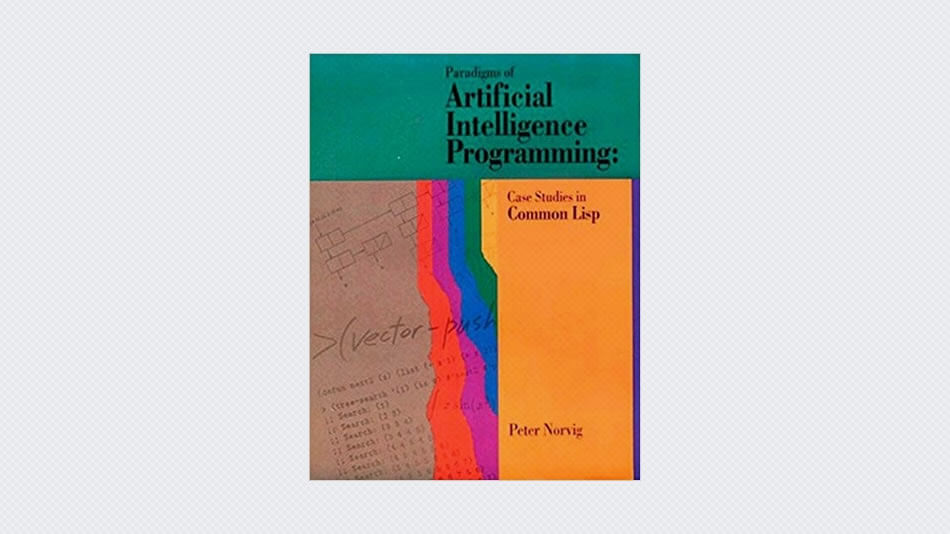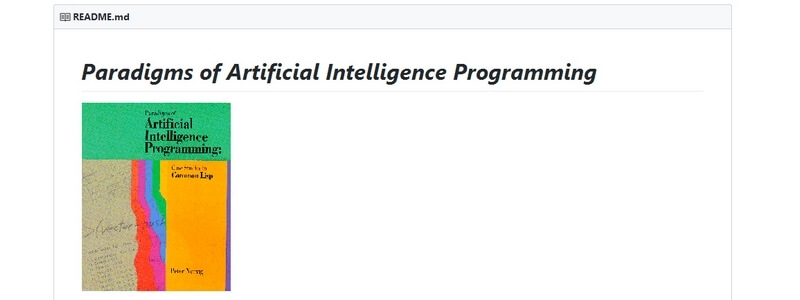This book is concerned with three related topics: the field of artificial intelligence, or AI; the skill of computer programming; and the programming language Common Lisp. Careful readers of this book can expect to come away with an appreciation of the major questions and techniques of AI, an understanding of some important AI programs, and an ability to read, modify, and create programs using Common Lisp. The examples in this book are designed to be clear examples of good programming style-paradigms of programming. They are also paradigms of AI research-historically significant programs that use widely applicable techniques to solve important problems.
Just as a liberal arts education includes a course in ‘the great books’ of a culture, so this book is, at one level, a course in ‘the great programs’ that define the AI culture.1
At another level, this book is a highly technical compendium of the knowledge you will need to progress from being an intermediate Lisp programmer to being an expert. Parts I and II are designed to help the novice get up to speed, but the complete beginner may have a hard time even with this material. Fortunately, there are at least five good texts available for the beginner; see page xiii for my recommendations.
The premise of this book is that you can only write something useful and interesting when you both understand what makes good writing and have something interesting to say. This holds for writing programs as well as for writing prose.
This book also presents a body of knowledge loosely known as ‘AI programming techniques,’ but it must be recognized that there are no clear-cut boundaries on this body of knowledge. To be sure, no one can be a good AI programmer without first being a good programmer. Thus, this book presents topics (especially in parts III and V) that are not AI per se, but are essential background for any AI practitioner.





